Berkshire Products, Knowledge Base
Unlocking the Best Pre-Wetted Wiper – Part 1
The opening article to this eight-part series provided a broad overview of the benefits of using a pre-wetted wiper vs. using spraying chemistry and dry wipes for contamination removal. But how do you determine which pre-wetted wiper best suits your cleanroom needs when there are so many products on the market? While it is not immediately obvious how to make the optimum selection for your application, we can offer you some key considerations to keep in mind during the review and selection process. They include:
- What is the ISO (the International Organization for Standardization) Cleanroom class where you will use the product?
- Will the pre-wetted wipers encounter the interior of equipment used to manufacture the end-product, such as semiconductors or pharmaceuticals?
- Will the wipers contact environmental surfaces such as counters, benches, equipment exteriors?
- Will the wipers be used in gowning rooms, prep rooms, or other areas?
- What contaminants must you remove?
- What wetting solution and wetting levels are best?
With all these points to consider, you may wonder what now? So, we’ll break it down into more manageable parts and address the first two points to start. Then, next week, we’ll explore the remaining considerations in Part 2. of this article on how to unlock the best pre-wetted wiper.
Let’s begin with the ISO cleanroom class. First, it’s essential to recognize that today cleanrooms are rated using the ISO 14644-1 Standard, which replaced the older Federal Standard 209E. Both standards, however, specify the maximum level of allowable air particles of various particle sizes within the cleanroom. And some still refer to the Federal Standard 209E classifications. For example, a high-performance cleanroom will have an ISO rating of Class 3. This Class 3 rating specifies a maximum of 35 air particles greater than or equal to ≥ 0.5 µm (microns) and is 3.5 times the air particle counts for a Federal Standard 209E Class 10 cleanroom. Why is this important? Because cleanroom wipes have different classifications, too. So, you’ll want to ensure that you choose a wiper with properties and categories that align with your cleanroom class.
ISO 14644-1 Cleanroom Standards

Now that we’ve identified why knowing your cleanroom class is critical to wiper selection let’s look at cleaning the interior of process equipment. These are the most critical surfaces within the cleanroom and require the cleanest pre-wetted wipers to minimize any possible contamination that the cleaning product might introduce. That’s why, when you look for pre-wetted wiper solutions, you’ll want to choose a wiper that is a laundered, knitted polyester with sealed-border edges or ultrasonically sealed edges. Why the sealed edges? Because sealed edges will aid in minimizing particle or fiber contribution within the manufacturing equipment.
It is likely that when the process equipment is opened for servicing, the interior will be coated with process residue. For this reason, the pre-wetted wipers recommended above incorporate a wetting solution of 70% IPA, which is highly effective in removing these residues and leaving the surface clean and dry.
Both recommendations offer the benefits of cleaning protocol consistency in the cleanroom and critically low particles, fibers, ions, and extractables, which helps ensure your efforts in cleanroom contamination control.
In summary, it’s essential to understand your cleanroom classification when choosing a pre-wetted wiper because wipers also have their classifications. So, you’ll want to be sure that your needs align and give some thought to the considerations we recommended. Then, it’s essential to consider the most demanding application – the interior cleaning of process equipment and which type of wipers will unlock the best solution for your needs.
Of course, we’re always happy to answer your questions regarding your cleanroom contamination needs, so feel free to reach out to our trained specialists for more information.
We hope you’ll revisit us next week when we continue the conversation and consider the requirements for cleaning environmental surfaces within the cleanroom equipment and other less critical areas such as gowning rooms.


















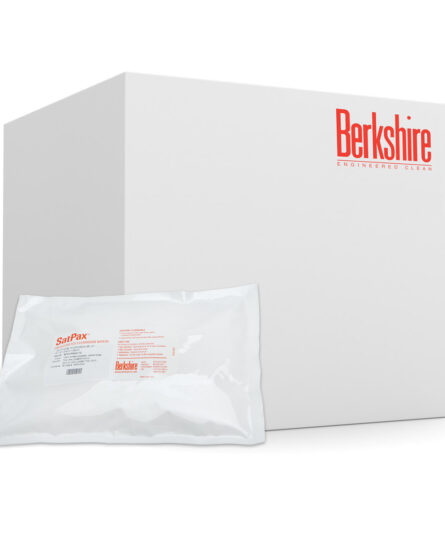 SatPax® MicroSeal®-VP 9″ x 9″ (70% IPA, 60% Saturation), Case
SatPax® MicroSeal®-VP 9″ x 9″ (70% IPA, 60% Saturation), Case 
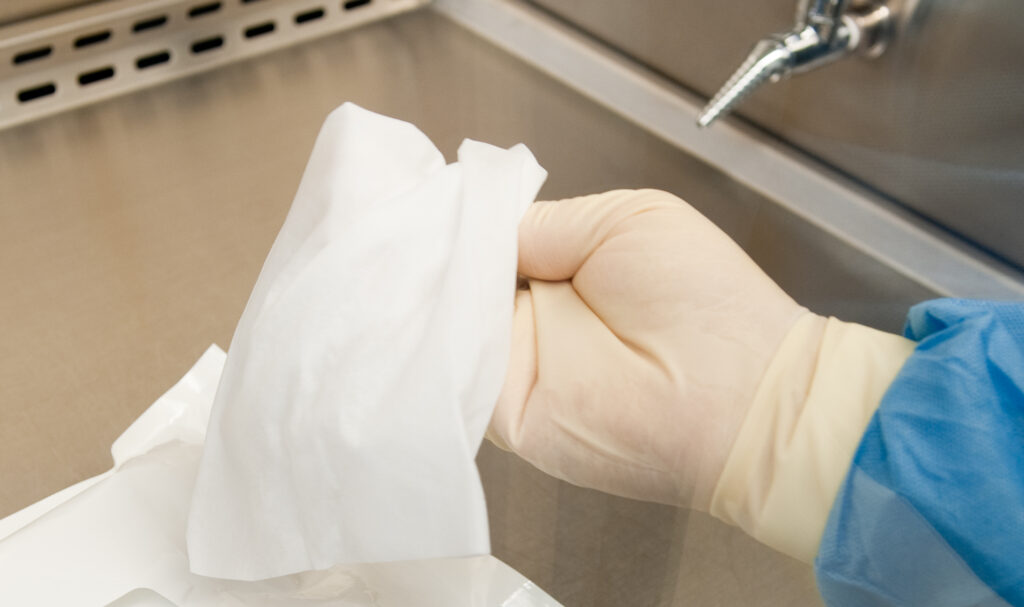


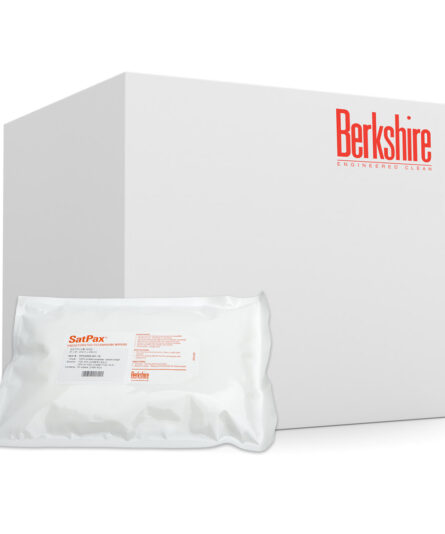
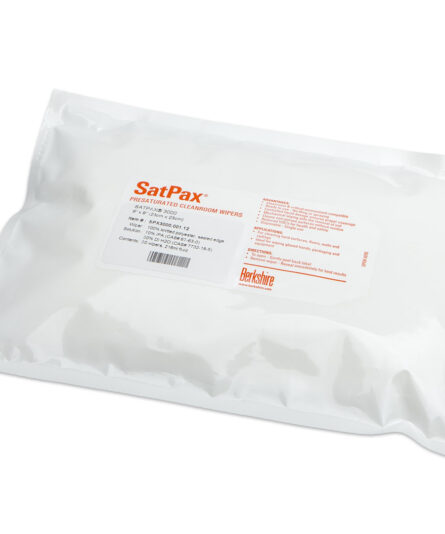
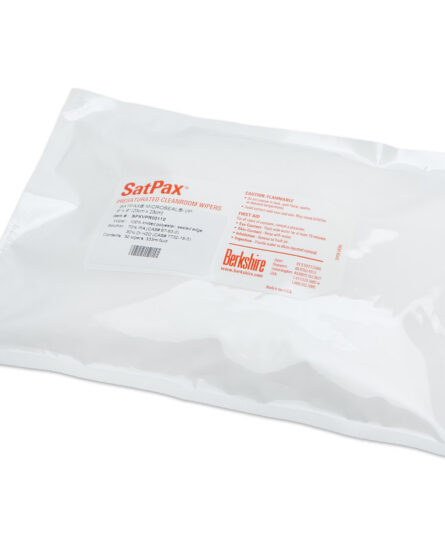

HAVE AN IDEA FOR CONTENT?
We are always looking for ideas and topics to write about.
Contact Us